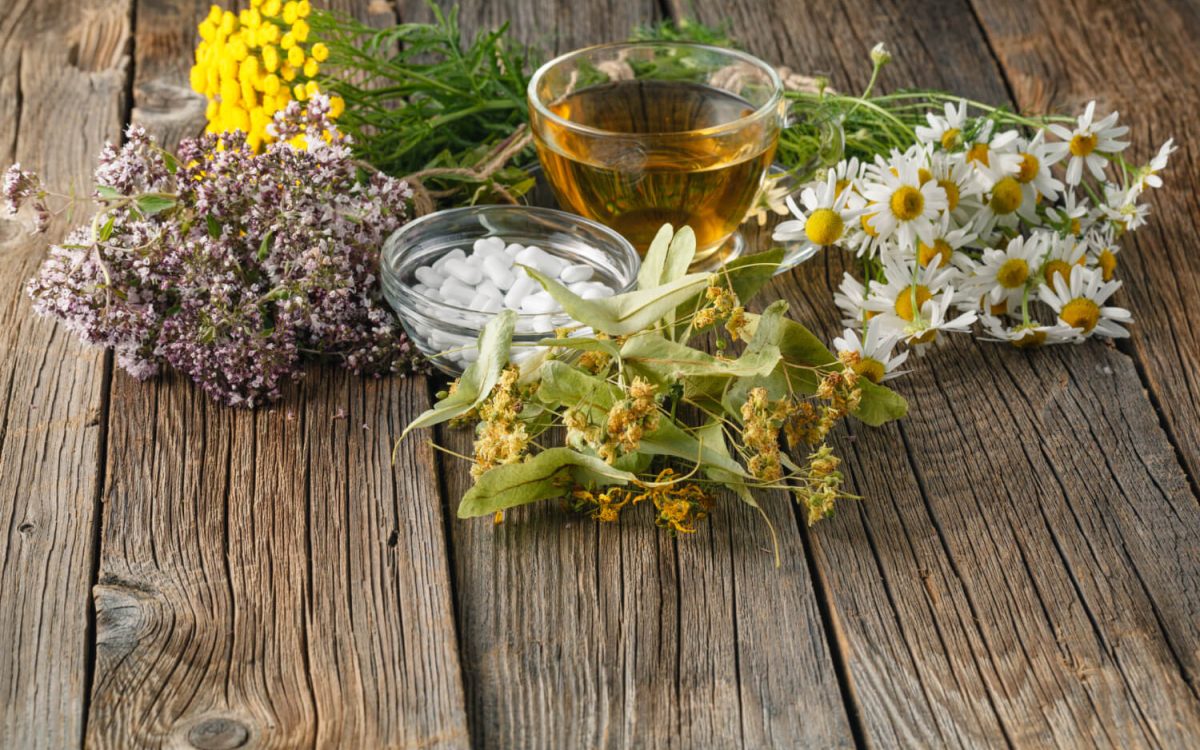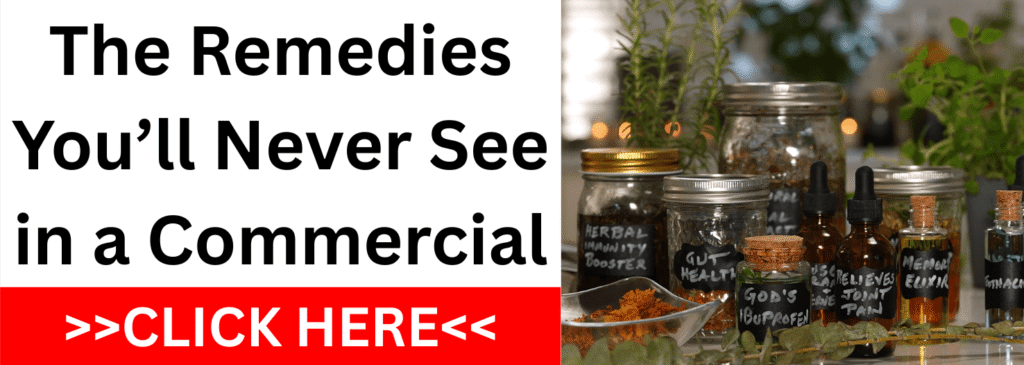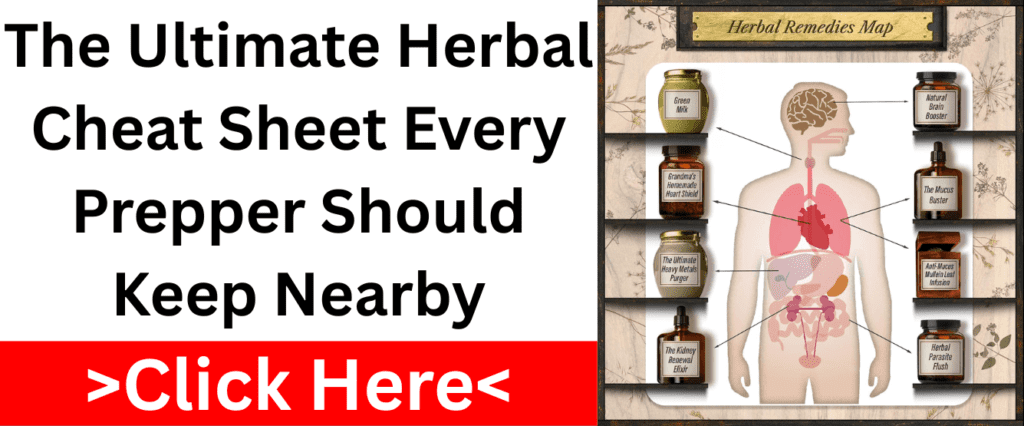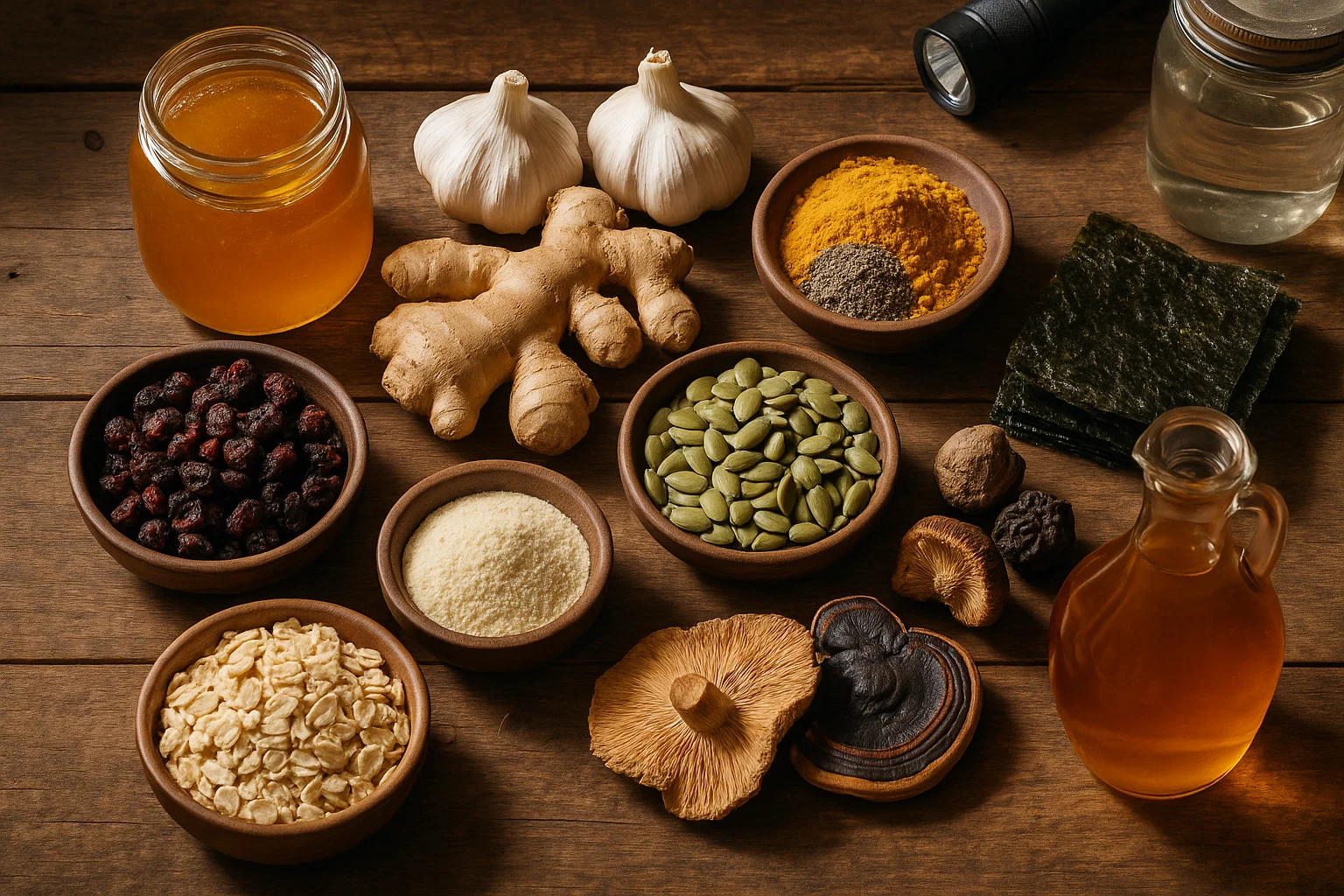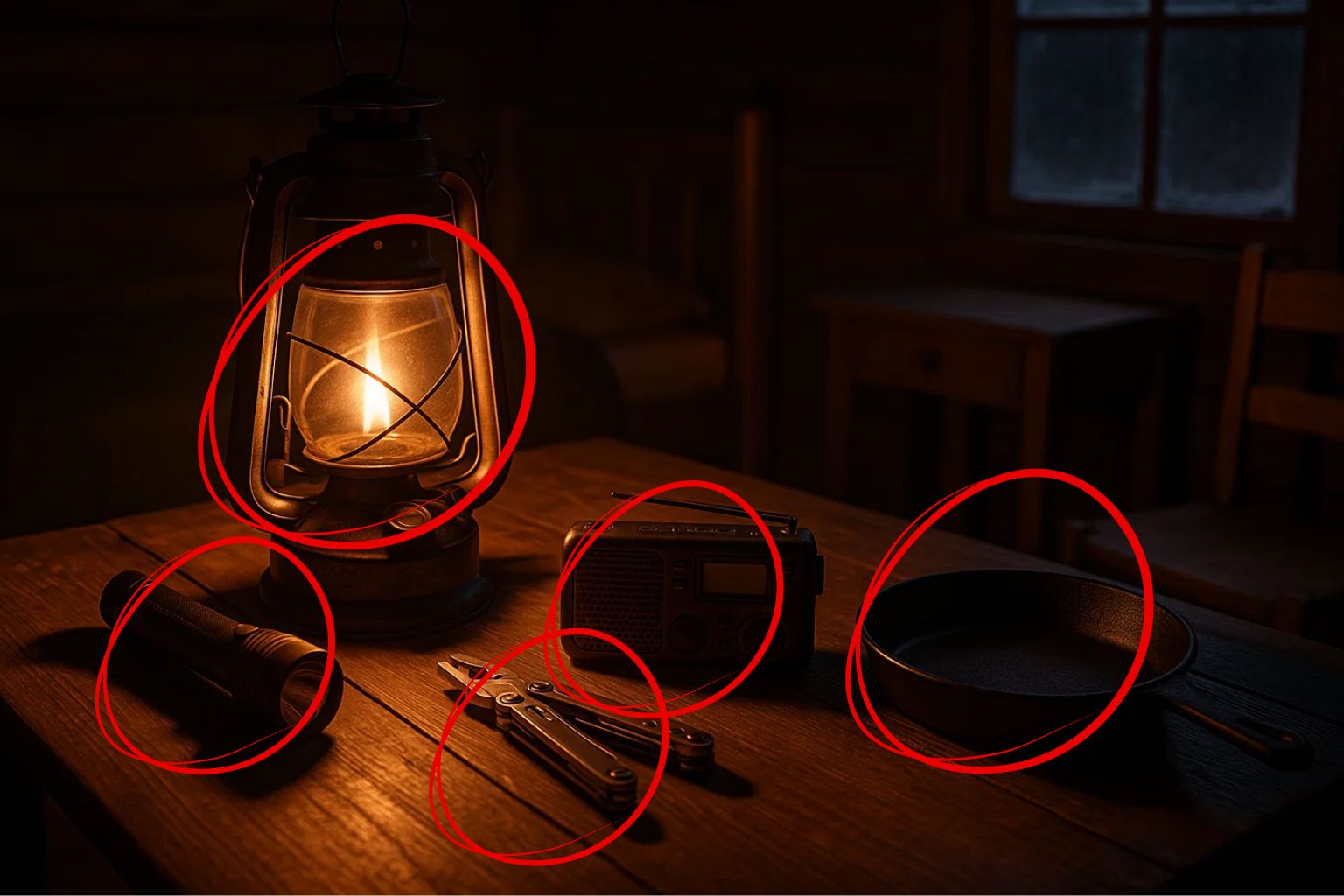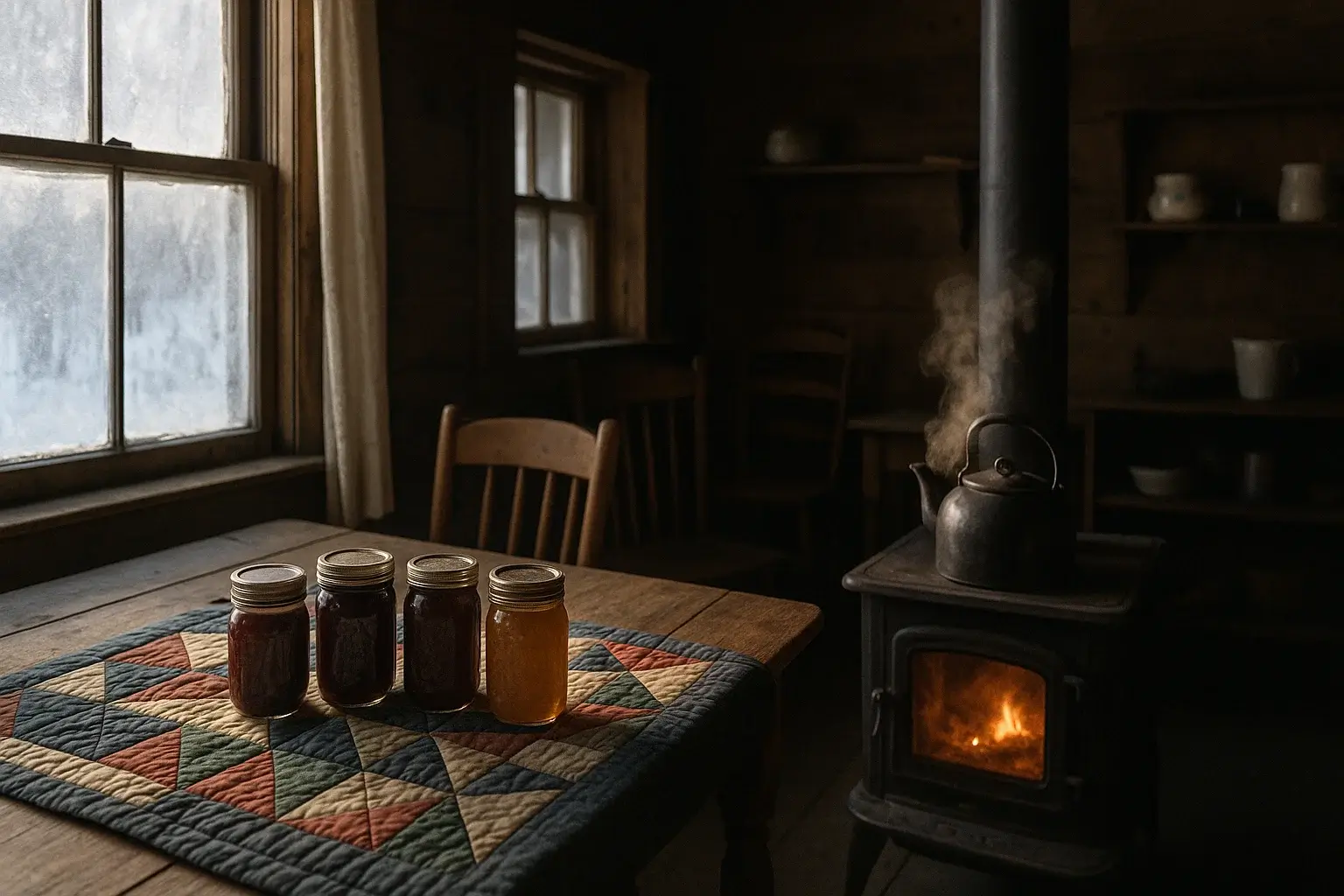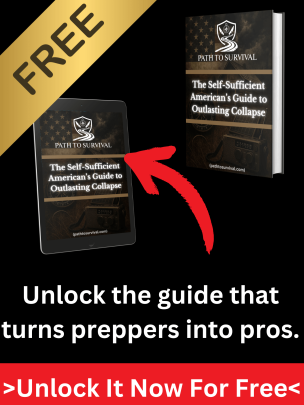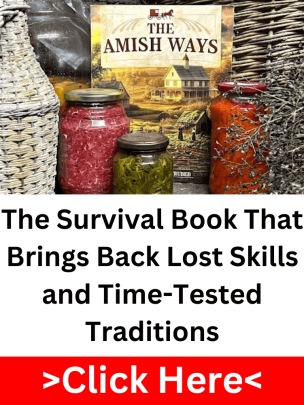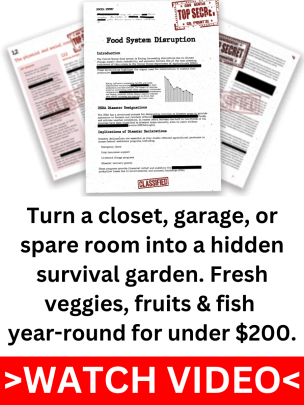The day the trucks stopped rolling, it didn’t take long for the shelves to go bare. By the third day, the painkillers were gone. Cough syrup, allergy meds, and antibiotics followed close behind. Folks who’d never given a second thought to where their medicine came from were suddenly standing in line, clutching empty baskets, hoping for a restock that wasn’t coming. If you’ve ever lived through a supply chain hiccup, you know how fast that “out of stock” sign shows up, now imagine it during a real crisis.
That’s why more preppers are building their own herbal first aid kit. Not as a replacement for modern medicine when it’s available, but as a lifeline when it’s not. The right plants, grown in your backyard, stored in your pantry, or foraged in your area, can step in when pharmacies fail. In a world where supply chains are fragile and emergencies are unpredictable, knowing which plants can pull double duty as medicine isn’t just old-fashioned wisdom. It’s a skill that could keep you and your family healthy when there’s no help on the way.
The Vulnerability of Store-Bought Medicine
When the system hiccups, store-bought medicine is one of the first things to vanish. We’ve all seen it, an early flu season, a trucking strike, or even just a local storm can empty pharmacy shelves in days. In bigger disasters, the supply chain doesn’t just slow down; it can grind to a halt. Once the local stock is gone, it’s not coming back until distribution starts moving again, and by then the need has already peaked.
For Americans, that reality hits harder. Many of us deal with chronic aches, blood pressure swings, arthritis flare-ups, or seasonal allergies that can’t wait weeks for a shipment. Add in limited mobility for some folks, and “just drive to the next town” stops being a real option. A short gap in access to even basic over-the-counter meds can quickly snowball into a serious health problem.
That’s where a different kind of preparation comes in, not to throw away your modern medicine, but to have a second line of defense ready. Building an herbal first aid kit and learning a handful of reliable survival medicinal plants means you’re not completely at the mercy of store deliveries. You’re not replacing your doctor or your prescriptions, but you are buying yourself time and options when the shelves go bare.
How to Choose and Use Medicinal Plants Safely
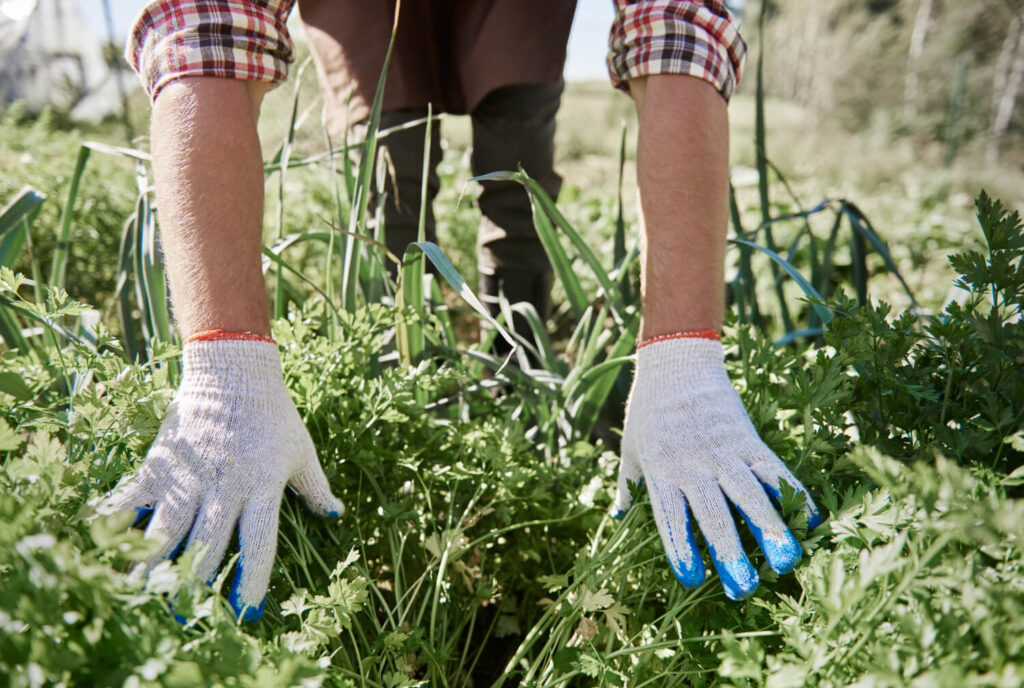
The first rule of working with survival medicinal plants is simple: be 100% sure of what you’re looking at. Misidentifying a plant can turn a helpful remedy into a dangerous mistake. Learn from multiple trusted sources, field guides, local foraging classes, experienced herbalists, and confirm with clear photos before you pick anything. Once you’ve got the right plant, stick to proven preparation methods: safe drying, proper storage, and measured use. More isn’t always better, especially with emergency herbal medicine, where dosage and preparation can make the difference between relief and harm.
It’s also smart to know the rules before you start harvesting. Foraging laws vary across the U.S. National Parks generally ban it altogether, while many state and federal lands have limits or require permits. Even on your own property, be mindful of pesticide drift or roadside contaminants. The goal of your herbal first aid plan isn’t just to stock up, but to do it in a way that’s safe, sustainable, and well within the law. That way, you can build your skills and your supply without risking your health or your wallet.
Plantain – Nature’s Bite and Sting Soother
If you’ve ever been stung by a bee or bitten by a mosquito and needed quick relief, plantain is worth knowing. This common yard “weed” works as a natural skin soother. The leaves can be crushed into a quick poultice and applied to bites, stings, or mild rashes to help calm irritation. While the old-timers’ “spit poultice” method still works in a pinch, drying and storing leaves for salves or ointments gives your herbal first aid kit a ready-to-go option all year.
Plantain is easy to identify once you know the signs, broad green leaves with parallel veins that string like celery when pulled. It’s low risk for most people and thrives just about anywhere, making it one of the most reliable survival medicinal plants to keep on hand.

Yarrow – First Aid from the Field
Yarrow has been carried by soldiers and field medics for centuries, and for good reason. Traditionally used to slow minor bleeding, its leaves and flowers can be turned into a simple wound wash or compress. It’s not a magic bullet, but as part of your emergency herbal medicine toolkit, it can help clean and calm small cuts and scrapes until you can get proper treatment.
It’s also known for easing mild digestive discomfort when made into a tea. The plant’s feathery leaves and clusters of tiny white flowers make it easy to spot in fields and along trails, but it’s still important to learn its look-alikes to avoid mistakes.
Some people in the Asteraceae family, like those allergic to ragweed, may react to yarrow, so test cautiously. This is where knowing your limits and your body’s response matters just as much as knowing the plant itself.
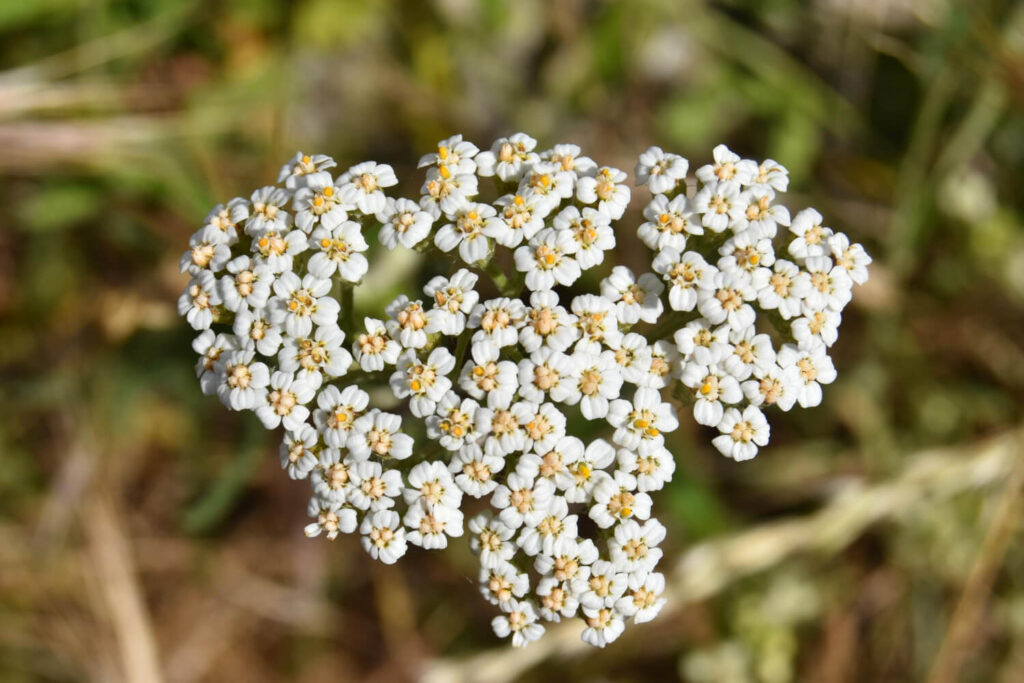
Willow Bark – The Original Pain Reliever
Long before aspirin hit the shelves, willow bark was the go-to for aches and pains. The inner bark contains salicin, a natural compound similar to aspirin’s active ingredient. In a pinch, it can be brewed into a tea for short-term relief from headaches, muscle soreness, or back pain.
Not everyone should use it, people with aspirin allergies, bleeding disorders, or those on blood thinners should steer clear. It’s a good example of why “natural” doesn’t always mean “risk-free.”
Willow trees grow along waterways in much of the U.S., and knowing how to identify and harvest the right part of the bark can make this one of the most powerful additions to a herbal first aid setup.
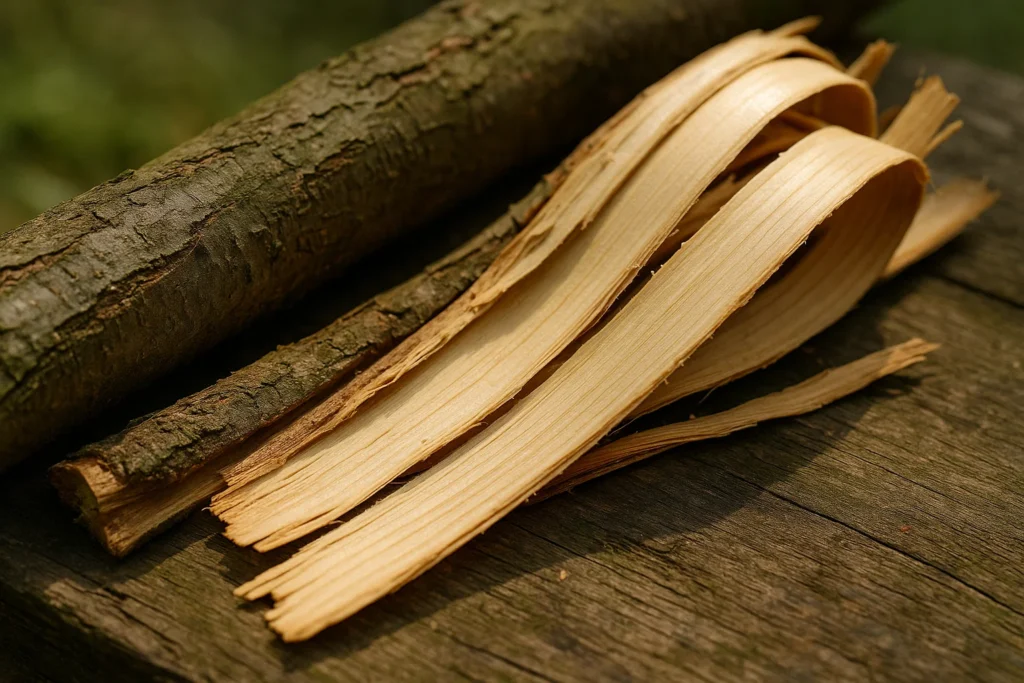
Peppermint – Relief for the Gut and Head
Peppermint is more than just a tea flavor, it’s a handy ally for digestive upset. A warm cup can calm bloating and mild cramps, while diluted peppermint oil rubbed on the temples may help with tension headaches.
If you have acid reflux, stick with enteric-coated capsules for stomach issues to avoid making symptoms worse. Whether grown in your medicinal herb garden for survival or bought dried, it’s a versatile, easy-to-use remedy.
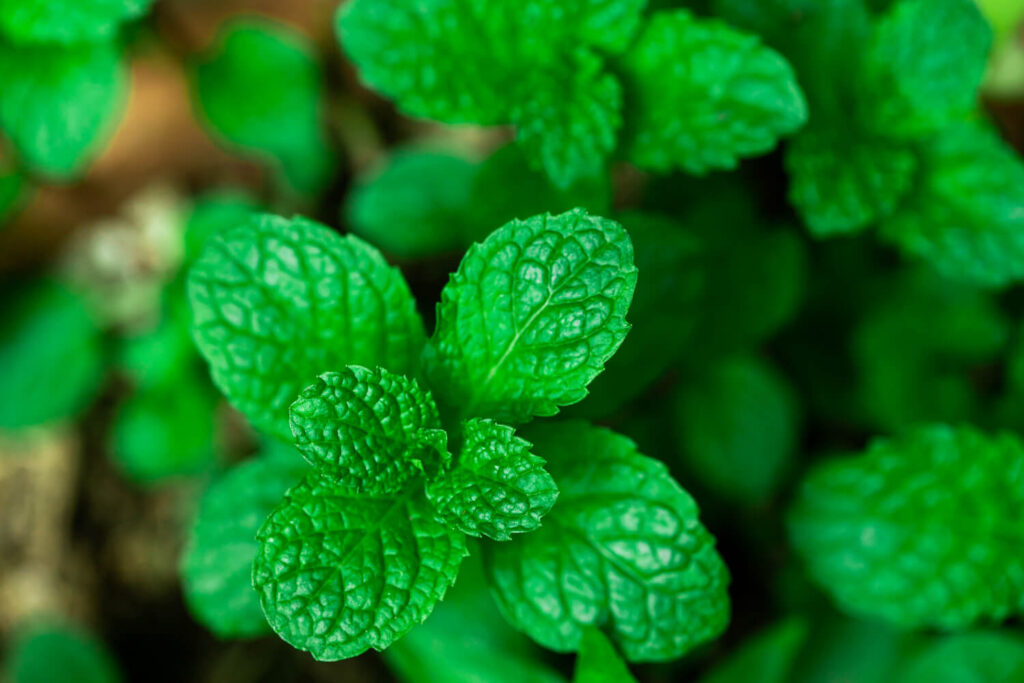
Chamomile – Calming Nerves and Stomachs
Chamomile tea has earned its place as a gentle relaxer. It can help ease occasional sleeplessness and calm an upset stomach after a stressful day, or during a stressful crisis.
Because it’s in the same family as ragweed, anyone with related allergies should be cautious. Having a jar of dried chamomile flowers ready means you can brew a cup whenever your nerves, or your digestion, need a break.
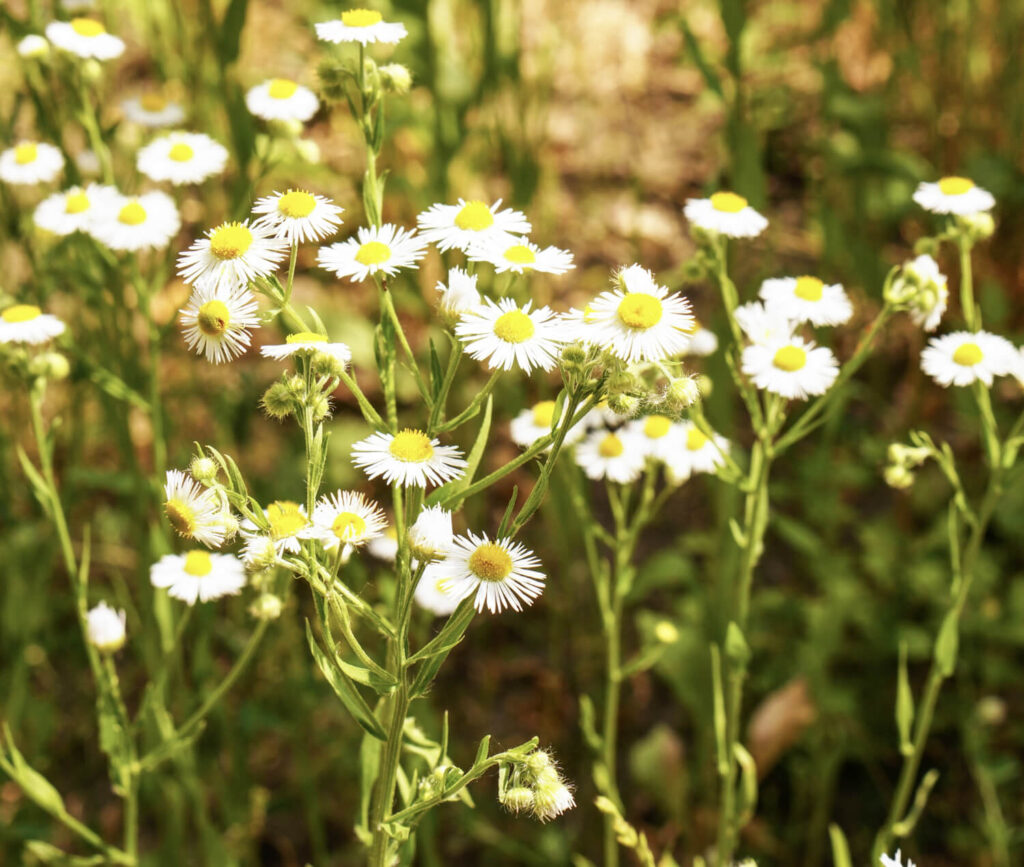
Ginger – Fighting Nausea Without Pills
Fresh or dried, ginger has been used for generations to ease nausea from motion sickness, stomach bugs, and even pregnancy. A simple tea made from sliced fresh root can be a lifesaver when the pharmacy is out of anti-nausea tablets.
It’s also a warming spice that stores well, making it a smart addition to any herbal first aid kit. Just remember, too much can cause heartburn, so use in moderation.
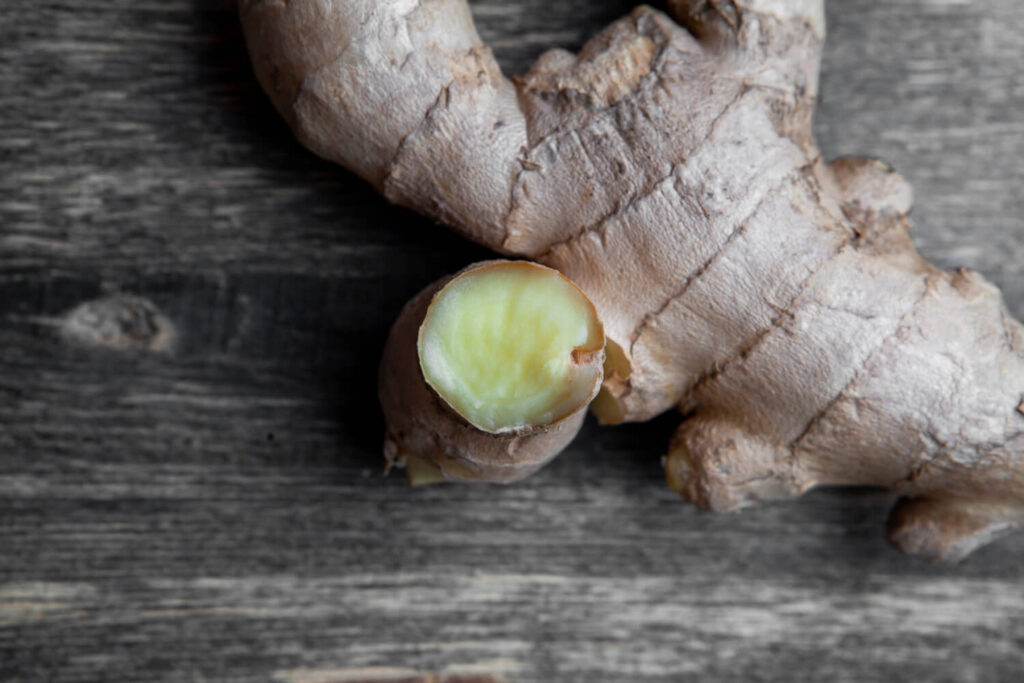
Garlic – Old-School Infection Support
Garlic’s reputation as a natural infection fighter comes from its sulfur compounds, which have mild antimicrobial properties. While it’s no substitute for prescribed antibiotics, adding garlic to your diet can support overall health and may help your body fight off minor ailments.
Crushed raw garlic is potent but can burn skin, so topical use should be done with caution. In food, it’s generally safe for most people, though high doses or supplements can thin the blood.
Beyond the kitchen, garlic is a hardy crop for a medicinal herb garden for survival. It stores well, grows in many climates, and pulls double duty as both food and herbal remedy.
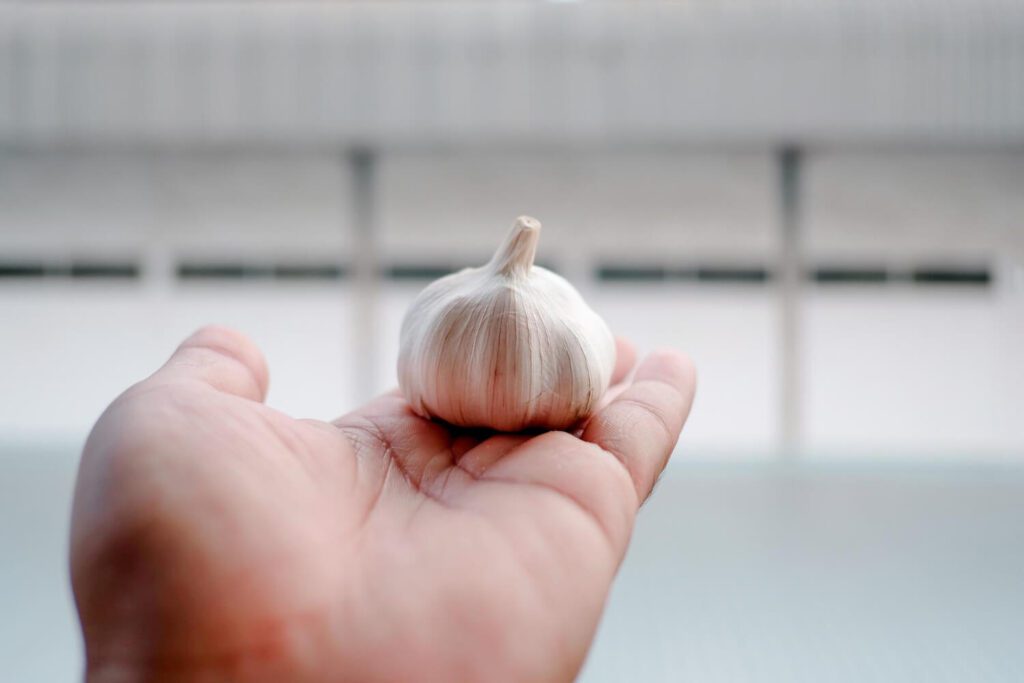
Aloe Vera – Burn Care on Demand
The gel inside an aloe vera leaf can cool and soothe minor burns, sunburns, and small skin irritations. It’s easy to grow in a sunny window or outside in warmer climates, and harvesting is as simple as cutting a leaf and scraping out the gel.
Store-bought aloe gel can also be part of your emergency herbal medicine supplies, but having the plant on hand means you can use it fresh, no preservatives needed.
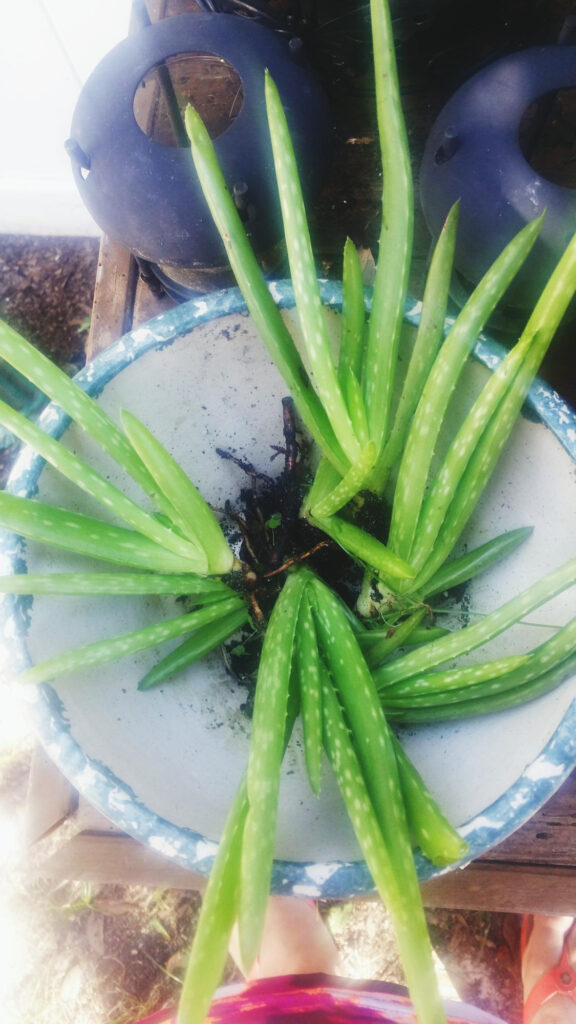
Lavender – Soothing Sleep and Stress
Lavender’s scent has a natural calming effect that can help with mild anxiety and sleep trouble. A few drops of diluted lavender oil on a pillow or in a diffuser can set the stage for better rest, even when stress is high.
It’s also a hardy plant for your garden, and dried lavender can be stored for teas or sachets, making it a versatile option for your herbal first aid plans.
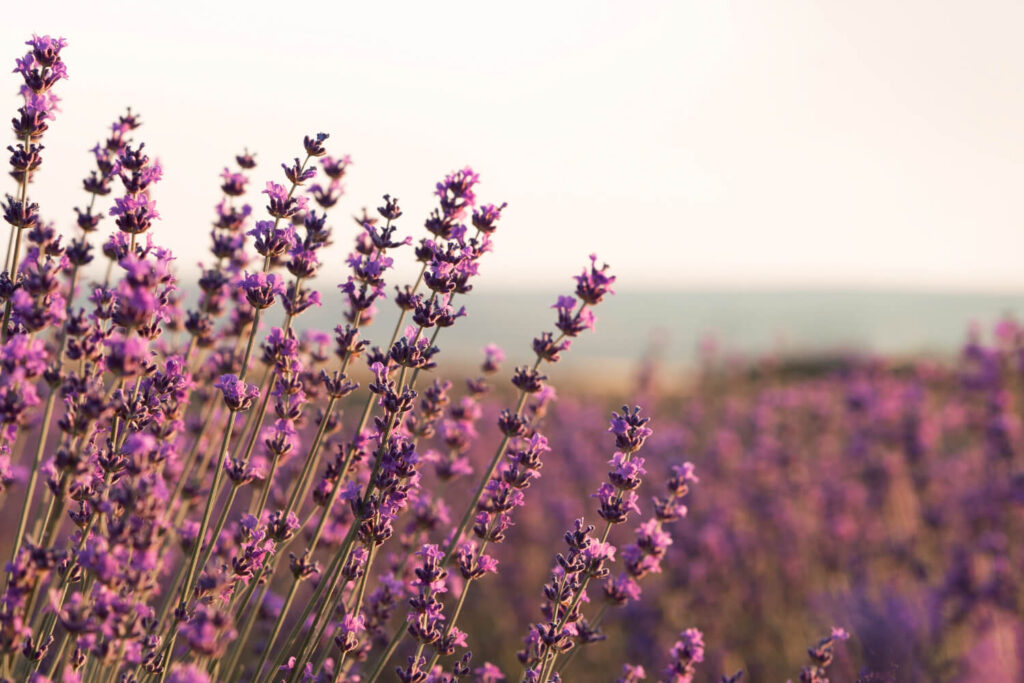
Echinacea – Immune Support in a Pinch
Echinacea is often used to help the body’s immune response during cold season. While the research is mixed, many preppers keep it on hand as a “just in case” tea or tincture.
It’s best taken at the first sign of symptoms, and since potency varies between products, sourcing from a trusted supplier matters.
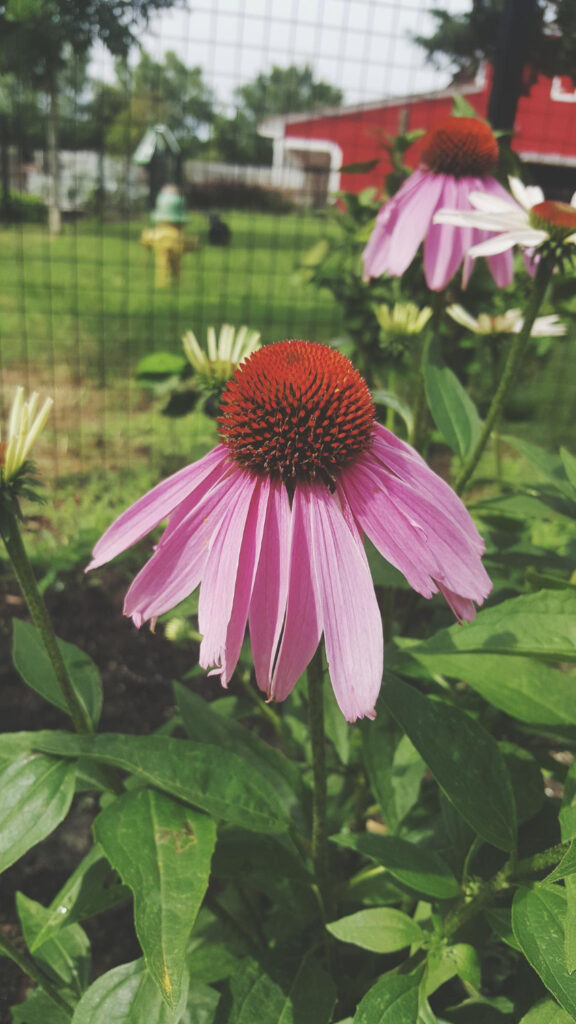
Elderberry – Early Cold and Flu Ally
Elderberry syrup has gained a loyal following for shortening the length of colds and flu-like symptoms when taken early. It’s rich in antioxidants and can be made at home from cooked berries or bought pre-made.
Never eat raw berries or leaves, they contain compounds that can make you sick. Always cook thoroughly before use.
Elderberry bushes are a great addition to a medicinal herb garden for survival, they provide food and potential immune support, making them a valuable multi-use plant for long-term preparedness.
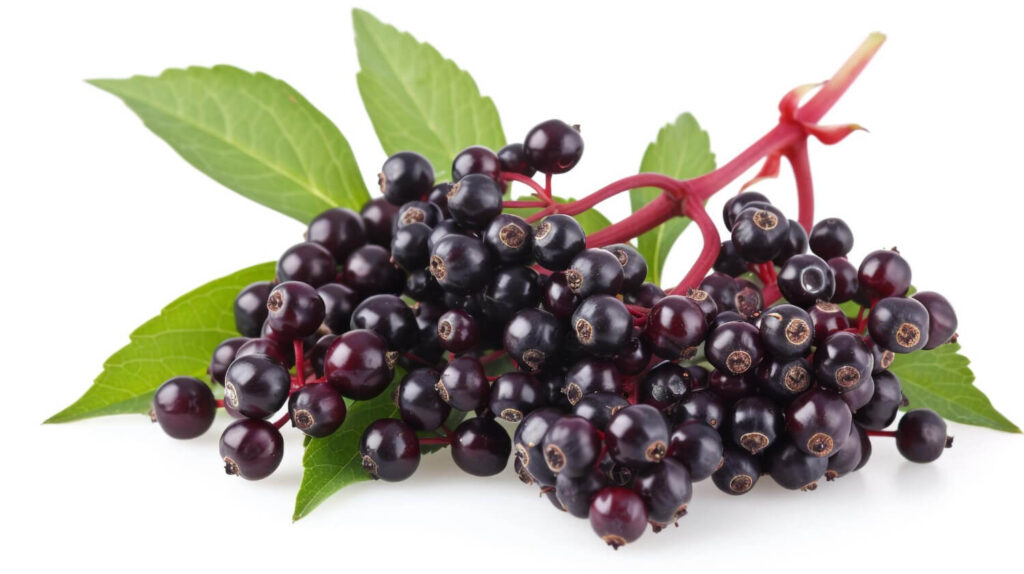
Field Preparation Basics for Emergencies
When the power’s out and your gear is limited, you need ways to prepare remedies without electricity. Teas are the simplest, pour boiling water over dried or fresh plant material, let it steep, and strain. Poultices are just as straightforward: crush clean plant parts and apply them directly to the skin, wrapped in a clean cloth. For longer-lasting preparations, tinctures can be made by soaking herbs in alcohol or vinegar, extracting their active compounds for months of use. These low-tech methods keep your herbal first aid kit functional anywhere, from the backyard to a bug-out location.
Storage is where a lot of people get tripped up. Fresh poultices should be used right away. Herbal teas last only a day or two before spoiling, even if refrigerated. Dried herbs, stored in airtight jars away from light and heat, can last about a year before losing potency. Tinctures can often keep for several years if made and stored properly. Understanding these timelines helps you rotate stock before it becomes useless, so your emergency herbal medicine stash is always ready.
Even with the best survival medicinal plants at your disposal, these remedies aren’t a replacement for proven first aid techniques. Always start with the basics, control bleeding, clean the wound, stabilize the patient, and use plant-based remedies as an additional layer of care. The goal is to bridge the gap until you can get proper medical treatment, not to gamble with your health when a more reliable option is available.
Book Recommendation
You can only go so far on memory and a few saved notes. Out in the field, misidentifying a plant can be costly, and relying on vague “I think this is it” moments is a gamble you can’t afford. That’s why many seasoned preppers keep a reliable printed herbal guide at home and in their go-bags. When the grid is down, there’s no internet search to double-check your find. A solid field guide gives you clear photos, seasonal tips, and preparation steps so you know exactly what you’re working with. It’s not just about building an herbal first aid kit, it’s about building the confidence to use it without hesitation.
One resource I’ve found particularly valuable is God’s Remedies, a hands-on book packed with plant IDs, preparation methods, and dosage guidelines you can follow even if you’re miles from the nearest pharmacy. It’s written for practical use, full-color photos, close-up leaf details, and harvest instructions, so you can identify and prepare remedies the right way. Whether you’re tending your medicinal herb garden for survival or foraging after a storm, having that kind of reference on hand is like carrying an experienced herbalist in your pack.

When pharmacies run dry and supply trucks stop rolling, knowing the right plants can turn a desperate situation into a manageable one. From plantain that cools insect bites to elderberry that helps fight off early flu symptoms, each of these 11 plants has proven itself as a reliable ally when store shelves are bare. They’re not miracle cures, and they won’t replace every modern medicine, but as part of an herbal first aid kit, they can cover a surprising amount of ground in an emergency.
Don’t wait for a crisis to learn this. Pick one plant from the list and make it your project this week, whether that means planting it in your yard, drying a batch for storage, or practicing an emergency preparation method. Better yet, grab a trusted printed guide so you can identify and use these remedies without second-guessing. Every small step now builds the skills and confidence you’ll rely on when you need them most.

